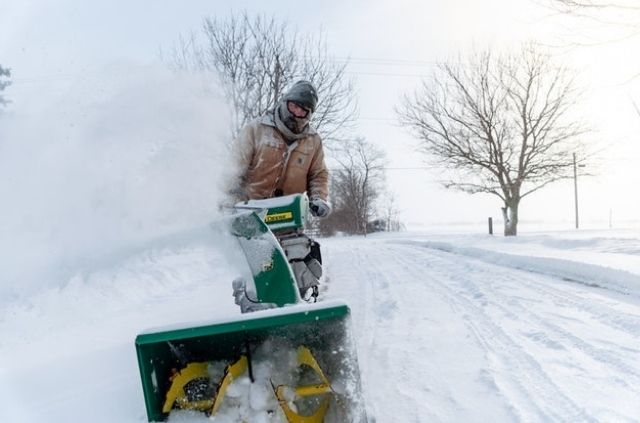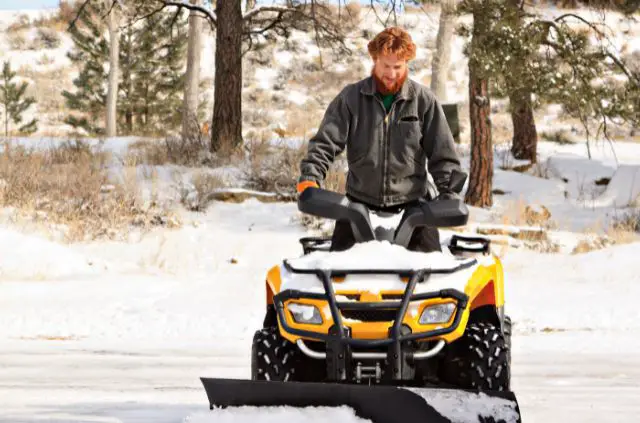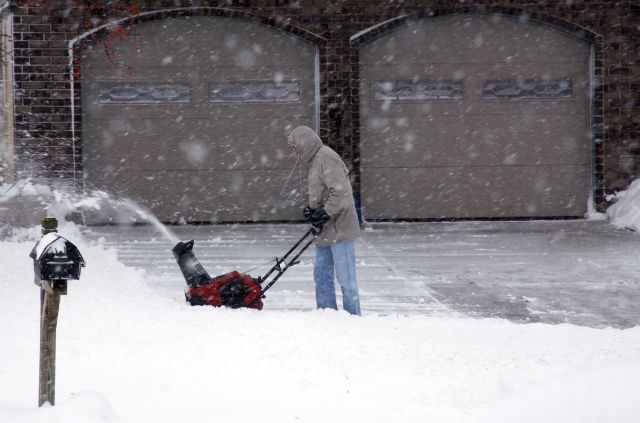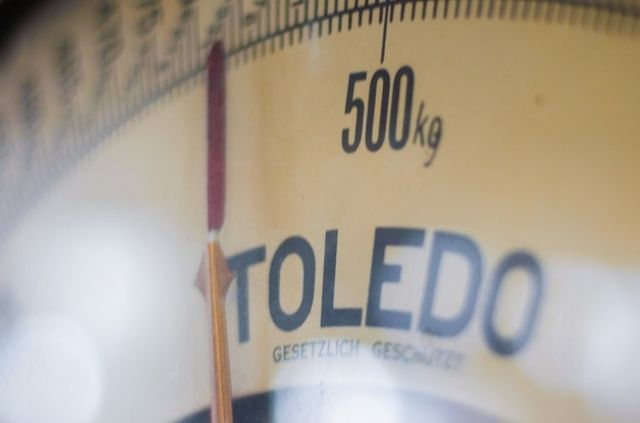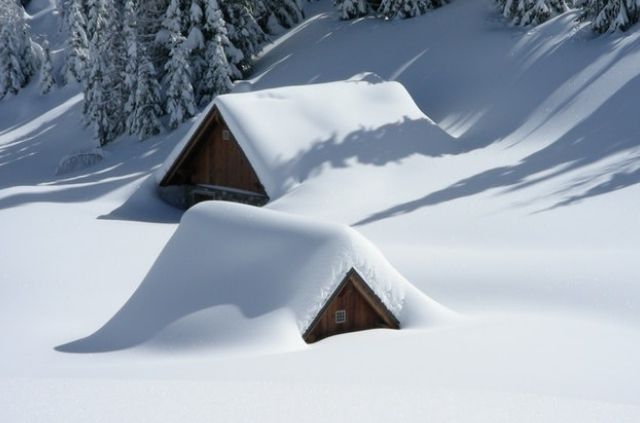Can You Use a Snow Blower on Grass?
Buying a snow blower is one of the best investments you can make for the winter. If you live in an area that gets snow on a regular basis, it will make the removal process so much easier. This brings us to the following question: can you use a snow blower on grass?
There’s nothing wrong with using a snow blower on grass, as long as you prepare the lawn first. You will need to remove any sticks, rocks, or extension cords from the ground to avoid causing damage. Let’s take a look at the other steps that will help you complete this job safely.
How Snow Blowers Work
Snow blowers are powerful machines that work by picking up snow from a surface and blowing it to another area. These machines are fitted with an auger and powered by a gas engine, or battery.
The auger works by breaking up the snow with a rotational blade and throwing it out through a chute. Two-stage and three-stage machines have an impeller, that helps shoot the snow out after passing through the auger.
Preparing the Lawn
It’s critical to prepare your lawn before using a snow blower on the grass. If not you risk damaging the surface, tools, and even your house. Let’s take a look at what steps you will need to take, in order to use this heavy piece of machinery safely.
Cut the Grass Short
Even if you don’t plan on using a snow blower on your lawn, it’s important to cut the grass short before winter. Generally speaking, grass will stop growing when the temperature falls below 50° F during the day.
After this point the lawn won’t stop growing, but it will drastically slow down. The sweet spot when it comes to cutting your grass before the winter is around 2 inches in length.
If you cut the grass too short it will become stressed out from cold weather and could die. But if the grass is too long it might get caught in the skid shoes and rip out from the roots as a result.
Clear Surface Debris
It’s no secret that snow blowers work best on driveways and sidewalks. These surfaces are not only flat and smooth, but most of the time they are clear from debris.
You probably wouldn’t leave rocks and sticks on your driveway, because running them over with your car could cause damage. This same idea applies to your snow blower.
You will need to clear out all of the surface debris on your lawn, before using a snow blower. This includes picking up sticks, twigs, rocks, and anything else that might damage the machine. You will need to do this in the fall, before the first snow of the season.
Move Any Tools
This tip is similar to clearing surface debris from your lawn. You will need to move any tools on the grass, in order to avoid the snow blower from running them over.
The last thing you need is to ruin your tools and your brand new snow blower. Make sure to follow this step before it snows, or you won’t know where the tools are. You should also be aware of any extension cords on the grass.
These can be easily forgotten, especially during the holiday season. Christmas lights can look nice at night, but you don’t want to damage them by running the cords over. Mark where these areas are on the lawn so you can avoid them with the snow blower.
How to Use a Snow Blower on Grass
Now that you’ve done all of the necessary preparations to your lawn, it’s time to use the snow blower. This method is similar to how you might use the machine on a paved surface, but there are some things to keep in mind. Let’s walk through the step-by-step process so you can keep your grass safe.
1. Raise the Skid Shoes
Snow blowers are unique machines. Unlike tractors, they only come with two wheels. That’s because on the front section there are two skid plates where wheels would normally be. This helps the snow blower easily slide over wet surfaces and it allows the machine to get close to the ground for efficient snow removal.
The problem is that the skid shoes might be too low for removing snow from your lawn. From the factory they will sit around 1/8 of an inch off the ground. This works great on driveways, but it might be too low for uneven surfaces. You can raise the skid shows higher, in order to avoid scraping and damaging your grass.
2. Adjust the Chute
It doesn’t matter what kind of snow blower you have, because they all come with a chute. This part of the machine is where all of the snow comes out of. On some models you can adjust the chute with a button, but others will require you to do it by hand. The most important thing to remember is to adjust the chute away from your house.
In the sections above we talked about preparing the lawn area before using the snow blower. Even if you removed all of the surface debris, there’s a chance some small rocks could be left over. Never point the chute in the direction of your house, or you could risk hitting and causing damage to a glass window.
3. Take Your Time
It’s critical that you take your time whenever using a heavy piece of machinery on a grassy area. Your lawn will have an uneven surface and be less predictable that a flat driveway. Set your snow blower to the slowest setting and take your time when removing snow from the lawn. This is the safest way to remove snow from the grass.
If you get stuck, avoid pushing the machine with all of your weight. Put the snow blower in reverse and find out what caused the issue in the first place. If the ground is uneven try pushing down on the handles to create enough room to move forward. You never want to force the snow blower forward, as this will almost always tear up the lawn.
Conclusion
Using a snow blower on grass might seem like a bad idea, but it’s perfectly safe if you follow the steps above. It’s much easier with a completely flat lawn, but it can still be done regardless.
The most important thing is preparing your lawn before the first snow of the season. You want to remove any surface debris that might cause damage to your house, or the snow blower.
It also helps to raise the skid shoes so you can avoid tearing up the grass in the process. And remember you should never force the snow blower forward, as this will certainly cause damage to your lawn.
Further Reading
Search Terms
- Can you use a snow blower on grass?
- How to use a snow blower on grass

